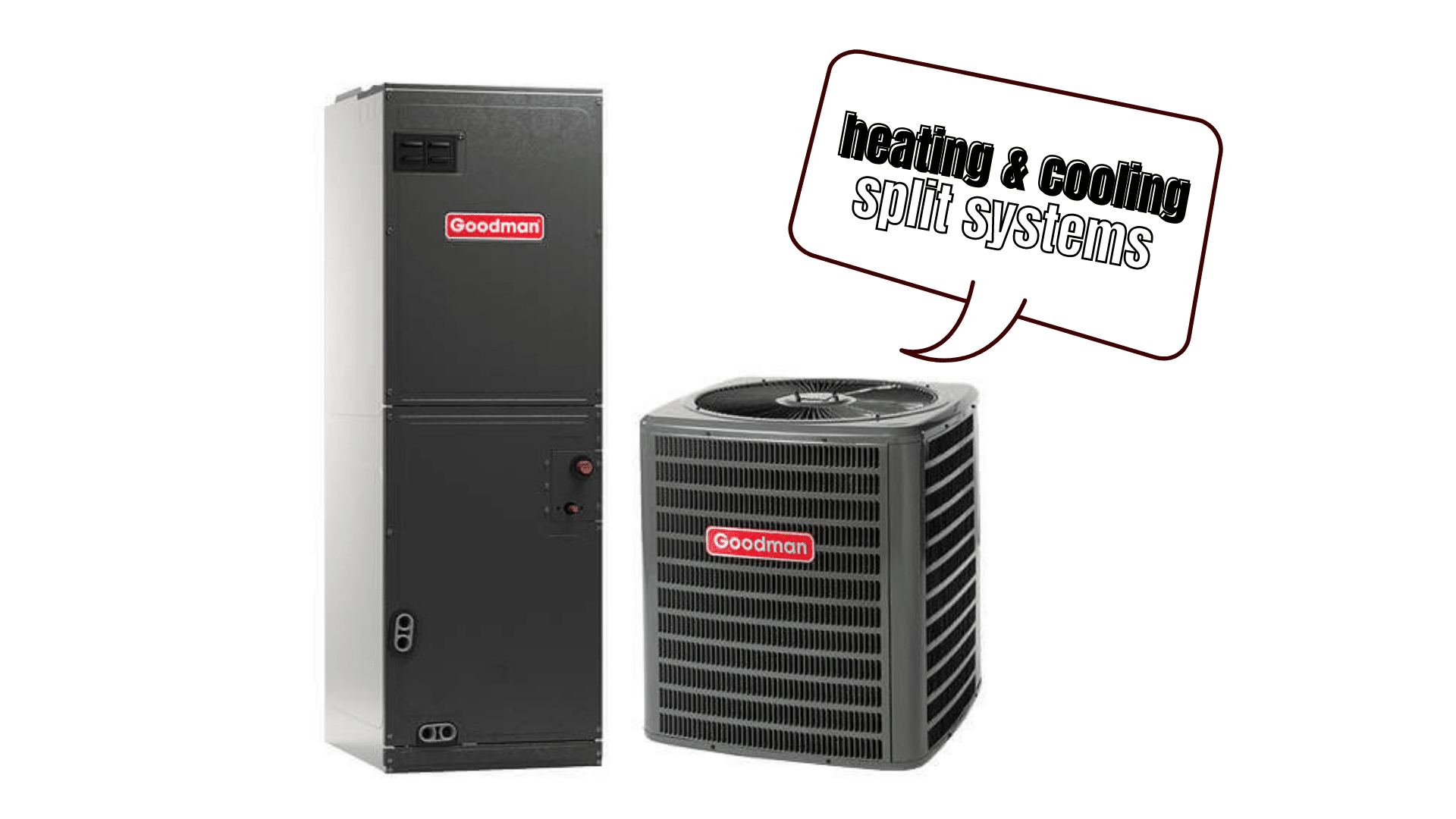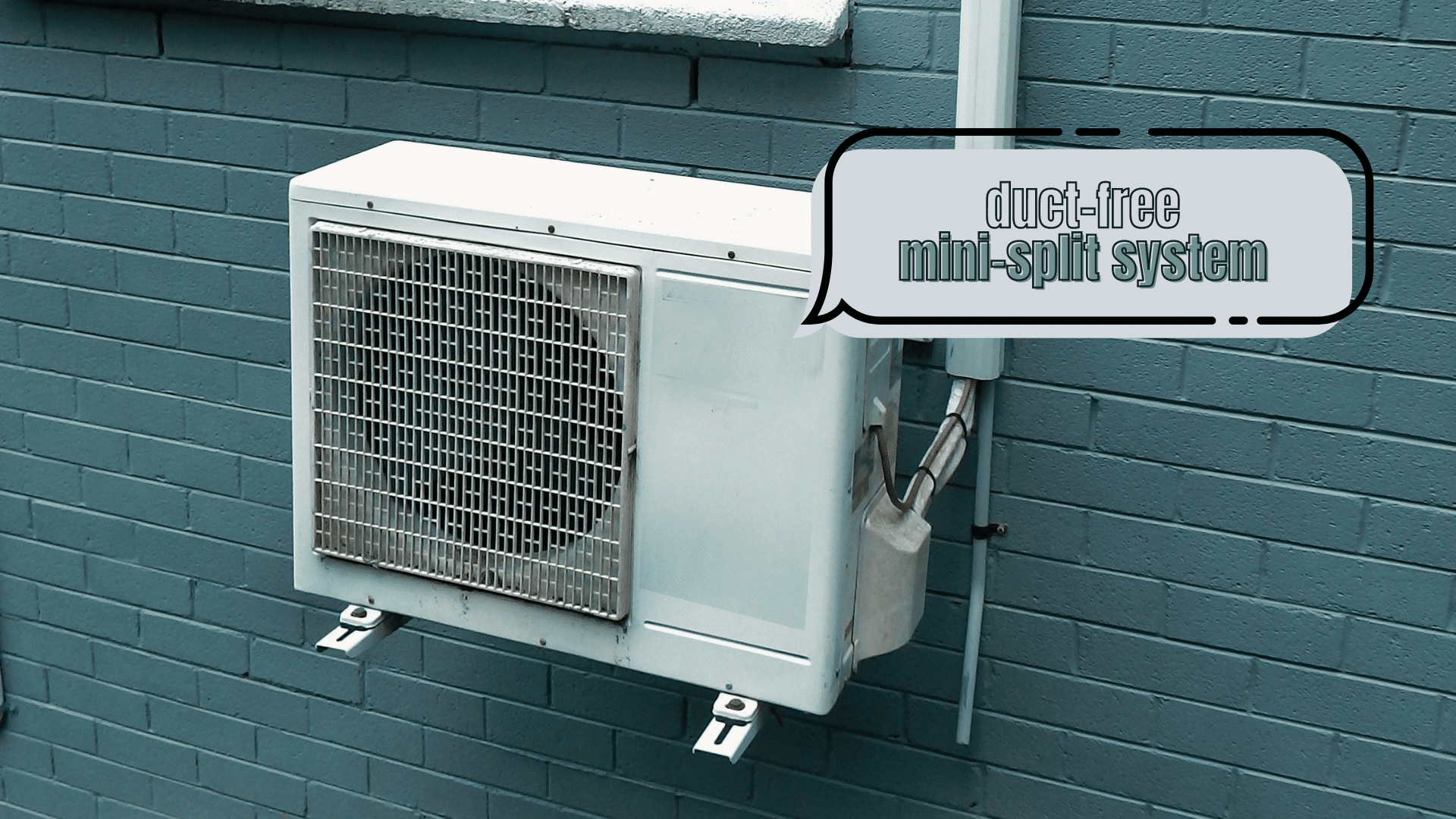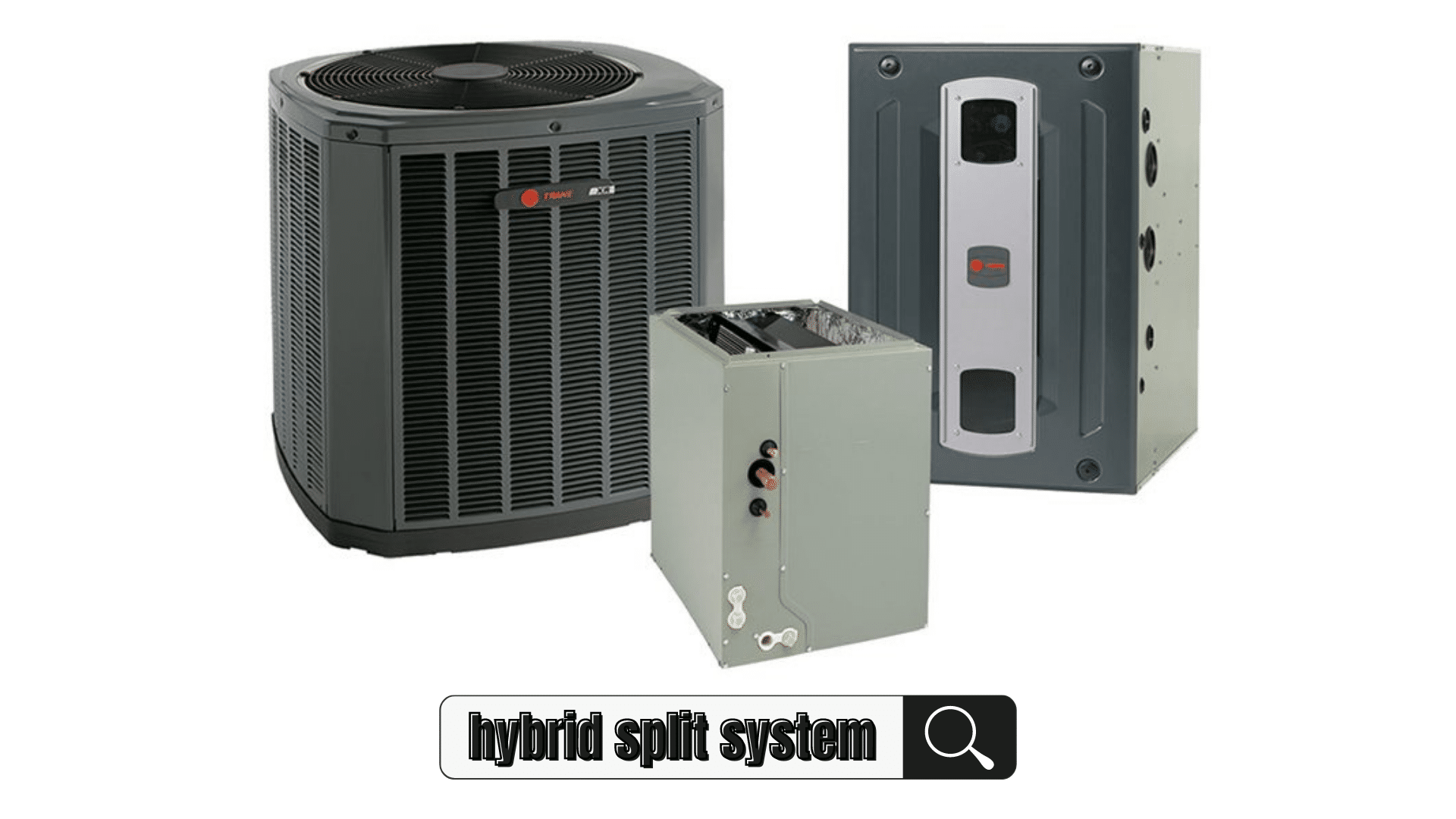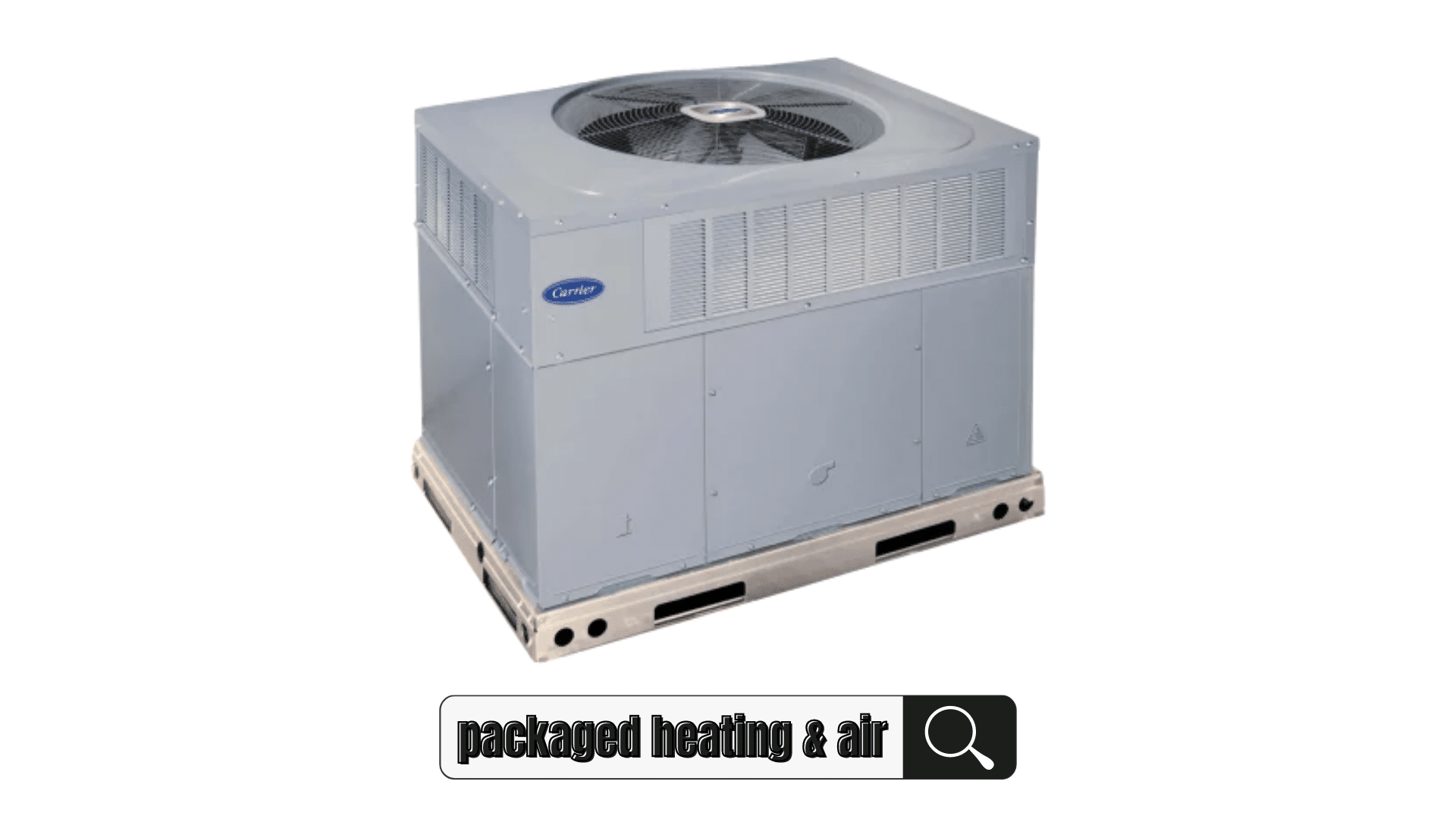With many different residential cooling and heating systems, the concept seems to be complicated to grasp for many homeowners.
However, you’ll find that the basics of HVAC (which stands for heating, ventilation, and air conditioning systems) are pretty understandable– as long as you know the function and purpose of the different types.
Generally, there are four primary categories of HVAC systems in different specifications and sizes. Newer units come in additional advanced options, such as variable fan speeds and multiple heating and cooling stages.
Let’s discuss the four different types of HVAC systems in the market today.
The 4 Main Types of HVAC Systems
1. Heating and Cooling Split Systems

Heating and cooling split systems are considered the most common type of HVAC system. They are most widely used as they are highly versatile, without specific needs or environmental conditions.
True to its name, the system is split into two primary units– one for heating and the other one for cooling. Heating and cooling systems are notable as they have indoor and outdoor units.
The outdoor unit is a cooling system using compressors, coils, and a refrigerant to cool your air. Then there’s the heater, commonly located in the basement or other standard storage spaces in the home. It utilizes gas to warm your home, and the warm air is distributed using a fan or evaporator.
Split systems are commonly configured in several ways to address your home needs:
A traditional thermostat is used to control the temperature so that you can keep your home within the temperature you find most comfortable. Fortunately, most units come with purifiers and humidifiers.
2. Duct Free (Mini-Split)

The next HVAC system type is the duct-free/mini-split system, which may cost you more in the upfront costs. Regardless, it presents many benefits in terms of specific applications and needs.
This HVAC system unit has individual units in every room, giving you complete control. These units are commonly mounted on the interior walls, and they are often attached to an outdoor compressor.
For your reference, ductless mini-split systems have the following:
Some homeowners may have up to 4 indoor handling units (AKA 4 zones/rooms) for every outdoor unit. Another notable benefit of these HVAC systems is their energy efficiency, as every room is heated. It keeps any unused space from wasting energy.
If you are looking to downsize your home, you may want to install these systems. Note that mini-split systems often need intensive and regular cleaning/maintenance to avoid costly repairs and replacements.
3. Hybrid Split System

Another HVAC system type is hybrid split systems, similar to heating and cooling split systems with a few key differences. The outdoor unit contains the compressor and condenser, with the indoor unit holding the blower and evaporator coil. Meanwhile, its indoor unit is commonly connected to a furnace or heat pump.
Hybrid split system types are gaining more popularity by the day as they are more energy-efficient than their electric hybrid counterpart. The main difference lies in its ability to switch between gas power (quicker and sufficient) into electric (more energy-efficient and relatively quieter) in heating your home.
Accordingly, this HVAC system type is more suitable for properties located in mild climates where you can get by using electric heat during months when it’s not too cold.
The system also utilizes traditional ducts, thermostats, and every benefit you can expect in a split design. Additional benefits include an energy conservation feature to reduce your bills.
Expect for HVAC split systems to have the following:
4. Packaged Heating and Air

A packaged heating and air system contains a heating and air unit stored indoors. Usually, you can find this HVAC system in the top floor storage room, such as the attic.
It serves two purposes: to cool and heat your home. The compact size of a packaged heating and air system is suitable for smaller homes and spaces. Additionally, it is highly efficient and has easy maintenance.
You’ll find that packaged heating and air systems are commonly used in warmer climates, as their heating system is not as powerful (compared to other choices). The heat is mainly generated by electricity, but others can combine gas with electric sources.
Standard packaged HVAC systems contain the following:
Expert Tips in Choosing the Right HVAC System for Your Needs
To help you finalize your choice, we’ve rounded up some expert-backed tips to select the right HVAC system that meets your needs.
Final Thoughts
That’s it for the four primary types of HVAC units! Now that we’ve discussed how each system varies from the other, we hope you have more knowledge in choosing and deciding which is the right HVAC system for your home needs.
Split systems are the crowd-favorite choice, but hybrid HVAC systems are now increasingly more popular by the day due to their energy efficiency. If your area is quite limited, choose packaged heating instead.
Remember that each HVAC unit type has its own set of pros and cons. (Related: How Long Do HVAC Systems Last?) To determine the best one for you, consult a local HVAC expert to get professional assistance.
